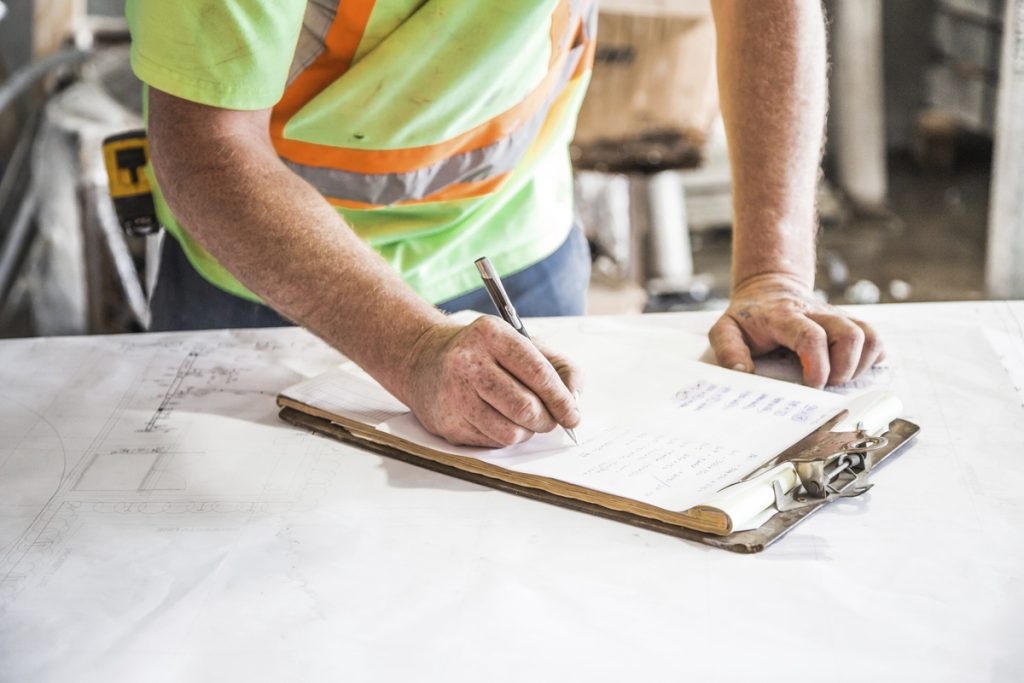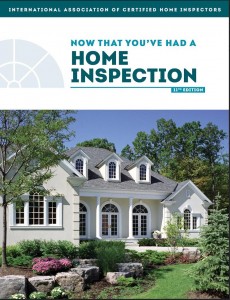Drastic reductions in energy costs can be achieved through very simple changes, most of which homeowners can do themselves.
The Role of Technology in Modern Home Inspections: How Greene Home Inspection Uses Advanced Tools for Accuracy
January 8, 2025Home inspections are an essential part of the home-buying and property ownership process, offering insight into a property’s condition and identifying potential issues that could lead to costly repairs down the road. Traditionally, home inspections involved basic visual checks and manual tools, but as technology has evolved, so has the inspection process. Today, professional home inspectors have access to a wide range of advanced tools that make inspections more accurate, comprehensive, and efficient.

Greene Home Inspection, a trusted family-owned company in the Atlanta area since 1985, has embraced these technological advances to provide its clients with the most thorough and accurate home inspections. With over 7,500 completed inspections, Greene Home Inspection uses cutting-edge tools, such as infrared thermal imaging and moisture meters, to ensure no hidden problem goes unnoticed.
In this article, we will explore how modern technology enhances the home inspection process, specifically focusing on the tools and techniques used by Greene Home Inspection to improve accuracy and uncover hidden issues that might be missed during traditional inspections.
The Evolution of Home Inspections: From Basic Checks to High-Tech Solutions
Before the advent of modern tools, home inspections largely relied on the inspector’s experience and basic manual tools. A flashlight, a ladder, and a moisture meter were often the go-to instruments for identifying problems in the property. While these tools were useful for detecting obvious issues, they did little to uncover the underlying problems that could significantly impact the property’s value or safety.
In recent years, home inspections have undergone a significant transformation, with the integration of advanced technology. These tools have improved the speed, efficiency, and precision of inspections. Below are some of the key technologies that have revolutionized home inspections:
- Infrared Thermal Imaging: This tool allows inspectors to detect temperature variations in walls, ceilings, and floors that are invisible to the naked eye. It is particularly useful for identifying hidden moisture, electrical issues, and insulation gaps.
- Moisture Meters: These devices measure the moisture content in walls, ceilings, and floors, helping inspectors identify areas that may be prone to mold or water damage.
- Digital Cameras: High-resolution digital cameras provide inspectors with clear, detailed images of property conditions, which can be included in inspection reports for the homeowner’s reference.
- Drones: Drones are especially helpful for inspecting hard-to-reach areas such as roofs and chimneys. With a drone, inspectors can assess these areas without the need for ladders or scaffolding, reducing the risk of accidents.
These technologies, integrated into modern home inspections, provide a level of detail that was previously unattainable, making the inspection process faster, safer, and more reliable.
Infrared Thermal Imaging: A Game-Changer in Home Inspections
One of the most revolutionary technologies in the home inspection industry is infrared thermal imaging. Greene Home Inspection utilizes infrared cameras to detect temperature differences in the property that are not visible to the human eye. This technology provides significant advantages in identifying hidden issues within the home, including water damage, electrical problems, and insulation gaps. Here’s a deeper dive into how infrared thermal imaging works and the problems it helps identify:
1. Water Damage Detection
Water can infiltrate a building in many ways, including leaks in the roof, plumbing issues, or condensation in walls. Moisture in these areas often causes temperature fluctuations, which infrared cameras can pick up. By scanning the property with infrared technology, Greene Home Inspection’s inspectors can identify areas where water is present, even if there are no visible signs of damage. This helps uncover potential mold issues or long-term water damage that could be expensive to repair.
2. Electrical Issues
Faulty electrical wiring is a leading cause of home fires. An infrared camera can detect hot spots or overheating wires, which indicate problems in the electrical system. These issues may not be immediately noticeable during a routine inspection, but infrared imaging can highlight areas of concern before they lead to more serious safety risks.
3. Insulation Problems
Good insulation is essential for maintaining a comfortable and energy-efficient home. However, it is often difficult to visually assess whether insulation is properly installed, especially in hidden areas like walls and ceilings. Infrared thermal imaging helps inspectors spot cold or warm spots in these areas, indicating gaps in insulation that could lead to energy loss or higher utility bills.
Why Technology Enhances Inspection Quality
Using advanced tools in home inspections significantly enhances the quality of the inspection process. Here’s how technology makes a difference:
1. Greater Accuracy
The main benefit of using technology in inspections is increased accuracy. Traditional visual inspections rely on the inspector’s judgment and experience. While experienced inspectors are very capable, some problems can remain hidden unless detected with the right tools. For example, without infrared technology, mold growth or water damage behind walls might go unnoticed. Modern tools provide objective, clear, and reliable data that helps inspectors make precise assessments.
2. Efficiency and Time-Saving
Technological advancements like infrared imaging and moisture meters allow inspectors to quickly cover large areas without causing damage to the property. For instance, infrared cameras can scan an entire wall or ceiling in a fraction of the time it would take to manually check for signs of moisture. Digital cameras and drones help capture high-quality images and footage of areas that would otherwise be difficult to reach, such as rooftops, chimneys, and crawl spaces. This increases efficiency while ensuring no detail is missed.
3. Non-Invasive Assessments
Many of the tools used by Greene Home Inspection are non-invasive, meaning that they do not require tearing down walls or performing destructive tests. This reduces the risk of damage to the property during the inspection process. Non-invasive tools, such as infrared cameras and moisture meters, make it easier for inspectors to uncover hidden issues without disturbing the integrity of the home.
4. Comprehensive Reports
One of the advantages of using digital tools like infrared cameras and moisture meters is the ability to create detailed and visually rich inspection reports. These reports can include high-resolution images, thermal scans, and even video footage, providing clients with a clearer understanding of the property’s condition. For Greene Home Inspection, these reports go beyond just identifying issues—they provide valuable documentation that clients can refer to when making decisions about repairs or negotiations.
Conclusion
The integration of technology into home inspections has fundamentally changed how inspections are conducted, making them more precise, efficient, and thorough. By incorporating advanced tools such as infrared thermal imaging, moisture meters, and drones, Greene Home Inspection offers a level of service that goes beyond what traditional methods can provide. These tools help detect hidden issues that might otherwise go unnoticed, giving homebuyers, homeowners, and commercial property owners peace of mind.
Greene Home Inspection’s commitment to using cutting-edge technology ensures that clients receive the most accurate and comprehensive inspection possible. Whether it’s a residential or commercial property, technology allows inspectors to identify problems early, saving buyers and owners both time and money. If you’re in need of a reliable home inspection service, Greene Home Inspection stands out as a leader in utilizing technology to deliver high-quality, efficient, and non-invasive inspections.
With a history of over 7,500 completed inspections, Greene Home Inspection has built a reputation for excellence and reliability in the Atlanta area. When you choose Greene Home Inspection, you’re not just getting a visual check of your property—you’re getting a detailed, technology-driven assessment that ensures you’re fully informed about the condition of your property.
Key Technologies Used by Greene Home Inspection
| Technology | What It Detects | Benefit |
|---|---|---|
| Infrared Thermal Imaging | Detects hidden moisture, electrical issues, and insulation gaps. | Provides an in-depth look at areas invisible to the naked eye. |
| Moisture Meters | Measures hidden moisture in walls, ceilings, and floors. | Identifies potential water damage and mold issues. |
| Digital Cameras | High-resolution images of property conditions. | Captures clear, detailed images of inspection areas. |
| Drones | Inspects hard-to-reach areas like roofs and chimneys. | Provides a safe, efficient way to inspect elevated areas. |

 An inspection is just the start of keeping your home in good condition. With each inspection we offer a free book filled with home maintenance tips and other valuable information. Please
An inspection is just the start of keeping your home in good condition. With each inspection we offer a free book filled with home maintenance tips and other valuable information. Please